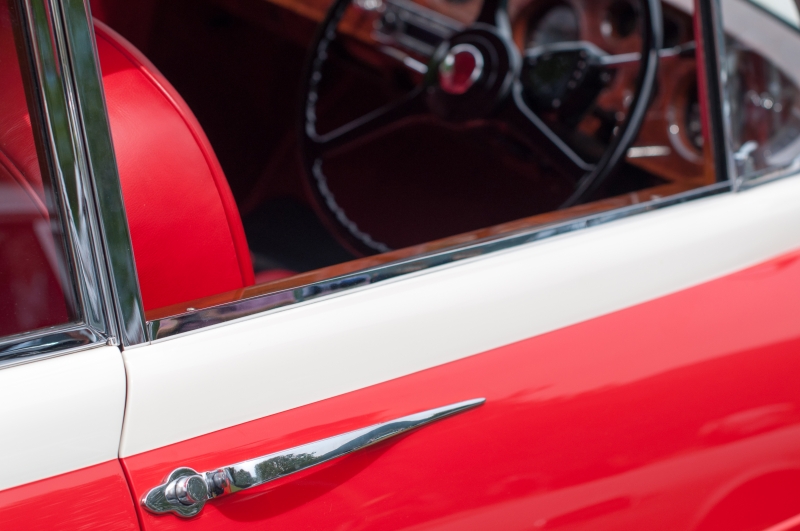Restoring Cars: Easy Things You Can Do Yourself
The complexity of a car makes its restoration also a complex exercise. If you are an amateur it is almost impossible to carry out all the restoration by yourself. There are some aspects of the restoration that you will have to either consult or have a professional do for you. However, there are some easy restoration tasks that you can do for yourself and save money you could have spent hiring a professional. Here are some of the tasks you can easily do for yourself.
Carpeting
Restoring the interior of the car is easier compared to restoring the exterior. One of the simplest restoration tasks for a car’s interior is the carpeting. All you have to do is check for any rust on the carpet. If it is there, use a sandblaster to remove the rust. Sometimes you may find that the floor boards are rotted through and cannot be repaired. In such cases, instead of struggling to remove the rust, buy a new carpet.
Seats
Restoring the seat upholstery is a little more difficult than restoring the carpeting. However, it is not an impossible job. When doing the restoration, make sure you use the same materials as the ones in the original. In most cases these will be fabric and vinyl. If any stitching is needed use industrial sewing machine. This is because the standard sewing machine cannot be effective on the materials used on the upholstery seats. Apart from stitching worn out parts, also make sure you clean and remove any rust that might be on the metal that supports the seats. In addition, check out the springs of the seat to find if they are functioning well. If they are not, remove the worn out ones and replace them with new ones.
Painting
First, place the car in a shaded area so that the exercise is not affected by the elements. Next, get all the equipment you will need in the painting like sandpaper, newspapers and masking tape. To know the quantity of paint needed, it is advisable you consult a professional to give you a reasonable estimate of the needed paint. Before starting to paint, wash the car to remove any dirt or grease. Thereafter use sandpaper to smoothen the car. You don’t need to leave the metal bare as this will be very time-consuming. Once you’ve done this, wipe the car body with clean rag and some thinner. Then use a masking tape and newspapers to mask parts of the car you don’t want the paint to reach. After this, mix the prime with thinner and start spraying from the roof going downwards. Lastly, mix the paint with thinner and start painting. Paint three to four coats with each coat separated from the next one with enough drying time as specified in the instructions. After applying the last coat, remove the masking while it is still wet.